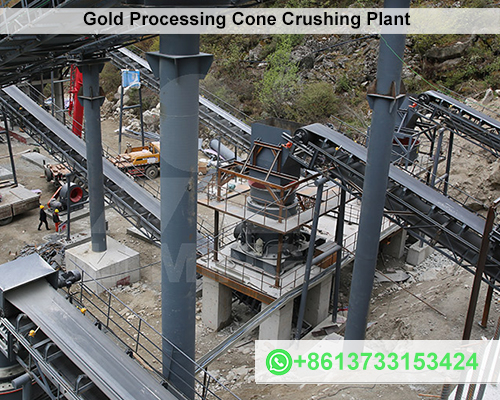Design and Implementation of a 100-Ton Capacity Gold Processing Plant
Gold processing plants are critical infrastructure in the mining industry, where raw ore is transformed into refined gold suitable for commercial use. A 100-ton capacity gold processing plant represents a medium-scale operation, ideal for maximizing efficiency while maintaining manageable costs. This article explores the design, construction, and operation of such a plant, focusing on its key components and technologies.
1. Introduction
Gold processing plants serve as the backbone of the mining industry. They involve a combination of mechanical, chemical, and physical processes to extract gold from ore. A 100-ton capacity facility is designed to process 100 metric tons of ore per day, making it suitable for mid-sized mining operations.

Key objectives include:
- Maximizing recovery rates.
- Ensuring environmental compliance.
- Reducing operational costs.
2. Plant Design Considerations
2.1 Location and Infrastructure
The site for the processing plant must be close to the mine to reduce ore transportation costs. Accessibility to water, power, and workforce are other vital factors. Adequate space for future expansion is also essential.
2.2 Ore Characteristics
Understanding the ore’s mineral composition is crucial for determining the processing method. Key considerations include gold grade, mineral hardness, and the presence of other metals or contaminants.
3. Process Flow Diagram
A typical 100-ton capacity gold processing plant includes the following stages:
3.1 Crushing and Grinding
- Primary Crusher: Reduces ore size to manageable chunks (e.g., jaw or cone crusher).
- Secondary Crusher: Further reduces particle size.
- Ball Mill: Pulverizes the ore to fine particles for optimal gold recovery.
3.2 Gravity Separation
Heavy-duty centrifugal concentrators and shaking tables are used to recover free gold. This step reduces the load on subsequent chemical processes.
3.3 Leaching and Adsorption
- Cyanidation Process: The crushed ore is mixed with cyanide solution to dissolve gold.
- Carbon-in-Leach (CIL): Gold particles are absorbed onto activated carbon for easier recovery.
3.4 Elution and Electrowinning
Gold is desorbed from the carbon and then recovered via electrowinning, where an electric current plates gold onto cathodes.
3.5 Smelting
Gold precipitate is melted in a high-temperature furnace to produce gold bars or ingots.
4. Equipment and Technologies
Key equipment in a 100-ton capacity plant includes:
- Crusher: To prepare the ore.
- Ball Mills: For size reduction.
- Leaching Tanks: For gold dissolution.
- Centrifugal Concentrators: For gravity recovery.
- Electrowinning Cells: For final gold recovery.
Advanced monitoring systems, such as SCADA (Supervisory Control and Data Acquisition), enhance operational efficiency by providing real-time data on plant performance.
5. Environmental Considerations
Environmental management is critical in gold processing. Measures include:
- Wastewater Treatment: Neutralizing cyanide before discharge.
- Tailings Management: Using tailings storage facilities (TSFs) to handle residual material.
- Air Quality Control: Minimizing emissions during smelting.
6. Economic Analysis
The capital cost for a 100-ton capacity gold processing plant typically ranges from $5 million to $15 million, depending on location and equipment choices. Operational costs include energy, labor, and chemical expenses, which can range from $30 to $50 per ton of ore processed.
7. Conclusion
A 100-ton capacity gold processing plant balances efficiency, cost, and environmental sustainability. By employing advanced technologies and robust management practices, operators can achieve high recovery rates and profitability.
This plant size is well-suited for mid-tier mining operations, offering scalability and a manageable footprint while contributing to the gold supply chain.









